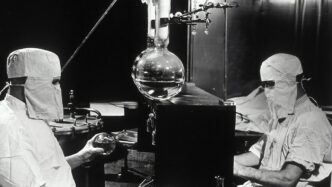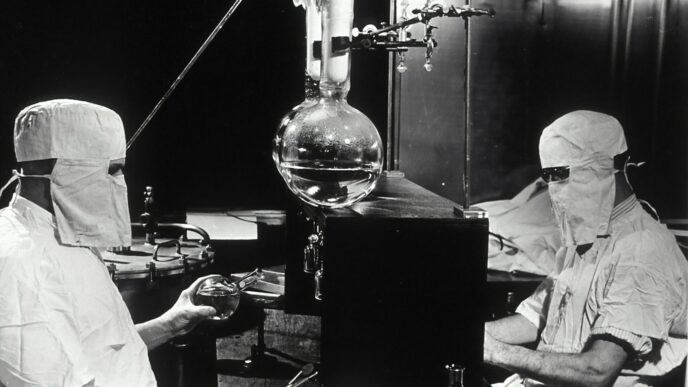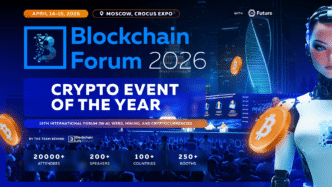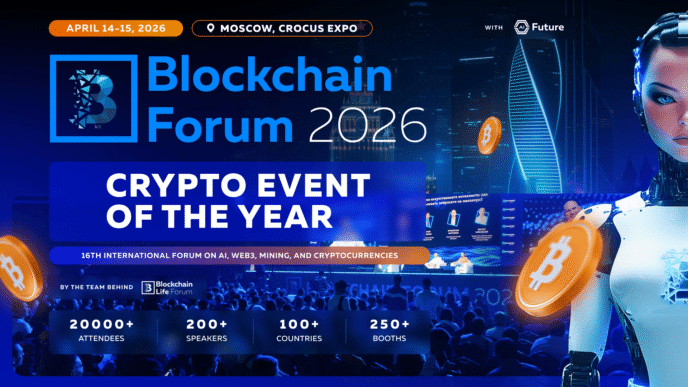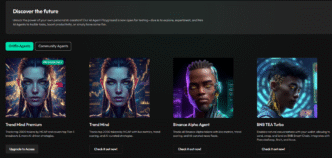CTOs today face a deceptively simple challenge: deliver more, with less. In a hiring climate where engineering salaries continue to climb and timelines shrink, the cost of overextending internal teams is growing clearer by the sprint. Burnout, backlogs, and turnover are not just symptoms of poor planning—they’re the product of rigid hiring models that fail to scale with project demand. IT staff augmentation offers a corrective path.
By tapping into nearshore developers through modern staff augmentation models, CTOs can instantly access specialized talent—from cybersecurity engineers and QA analysts to mobile and game developers—without the lead time, overhead, or long-term risk of traditional hiring. More importantly, they can do it without overloading their core teams. For U.S.-based companies, nearshore augmentation is particularly effective thanks to timezone alignment, cultural compatibility, and the ability to maintain real-time collaboration across sprints. Regardless of the time management style of any particular CTO, keeping up with new opportunities is essential.
Unlike offshoring models that often introduce friction and communication lag, nearshore IT staff augmentation enables engineering leaders to preserve velocity while introducing fresh expertise into tightly scoped initiatives. Whether backfilling key roles, ramping up for product launches, or building microservices architecture across multiple platforms, augmentation creates an elastic, high-performance structure that adjusts to reality.
“Companies need flexibility and quality. We provide both by connecting them to vetted nearshore experts in days, not months,” says Luis Peralta.
Outsourcing Without the Guesswork: Two Realities CTOs Know Too Well
A San Diego-based healthtech startup faced a tight regulatory deadline and needed to scale fast—without compromising compliance or quality. Instead of scrambling to hire in-house, their CTO turned to a nearshore staff augmentation model. Within days, they brought on experienced QA engineers and mobile developers, fully aligned in both skillset and timezone. The team integrated seamlessly, automated testing protocols, and helped push the platform from MVP to full national rollout in under six months. The CTO later reflected, “This was the first time I felt like we were working with experts, not managing around them.”
But for every success, there’s a cautionary tale. A U.S. fintech firm, eager to reduce costs, outsourced a complete platform rebuild to a vendor in Eastern Europe. The contract promised senior-level talent, but the actual execution involved junior developers unfamiliar with the system’s architecture. Critical deadlines were missed, technical debt skyrocketed, and the company spent an additional $1.2 million correcting foundational flaws. The CTO called it “the most expensive shortcut we ever took.”
These are the extremes Luis Peralta set out to fix. His approach—by CTOs, for CTOs—is grounded in predictable delivery, AI-ready teams, and complete transparency. As reflected in ParallelStaff’s public reviews, it’s not about offloading work—it’s about upgrading the way teams scale.
Suggested Video
https://www.youtube.com/watch?v=jie5GC1hYxc
A New Direction
The future of staff augmentation is shifting away from generic outsourcing toward strategic, domain-specific partnerships that act as true extensions of internal teams. It’s no longer just about filling seats—it’s about integrating contributors who understand the product, the tech stack, and the delivery philosophy from day one. Luis Peralta is leading this shift, turning staff augmentation into a precise model focused on cultural fit and delivery. He prioritizes role-specific onboarding and continuous improvement. Speed, transparency, and accountability are at the core of his approach. These values are vital in high-compliance and fast-growth settings. Modern CTOs don’t just want extra hands—they want real outcomes. That’s what makes Peralta a standout in today’s evolving tech landscape.
Final Scoop
The shift toward augmentation is less about outsourcing and more about adaptability. CTOs aiming to reduce team fatigue, boost delivery consistency, and scale efficiently are turning to this modern engineering strategy. With major events like Web Summit, CES, and AWS re:Invent on the horizon, key themes are emerging.
Expect conversations to center on platform resilience, velocity engineering, and composable architecture. In this fast-changing environment, staff augmentation is more than a stopgap.
It’s a core part of the shift to agile resourcing that matches real-world product cycles.
Leaders like Luis Peralta are setting the tone for what’s next: a world where scalability, transparency, and talent precision drive competitive advantage.





